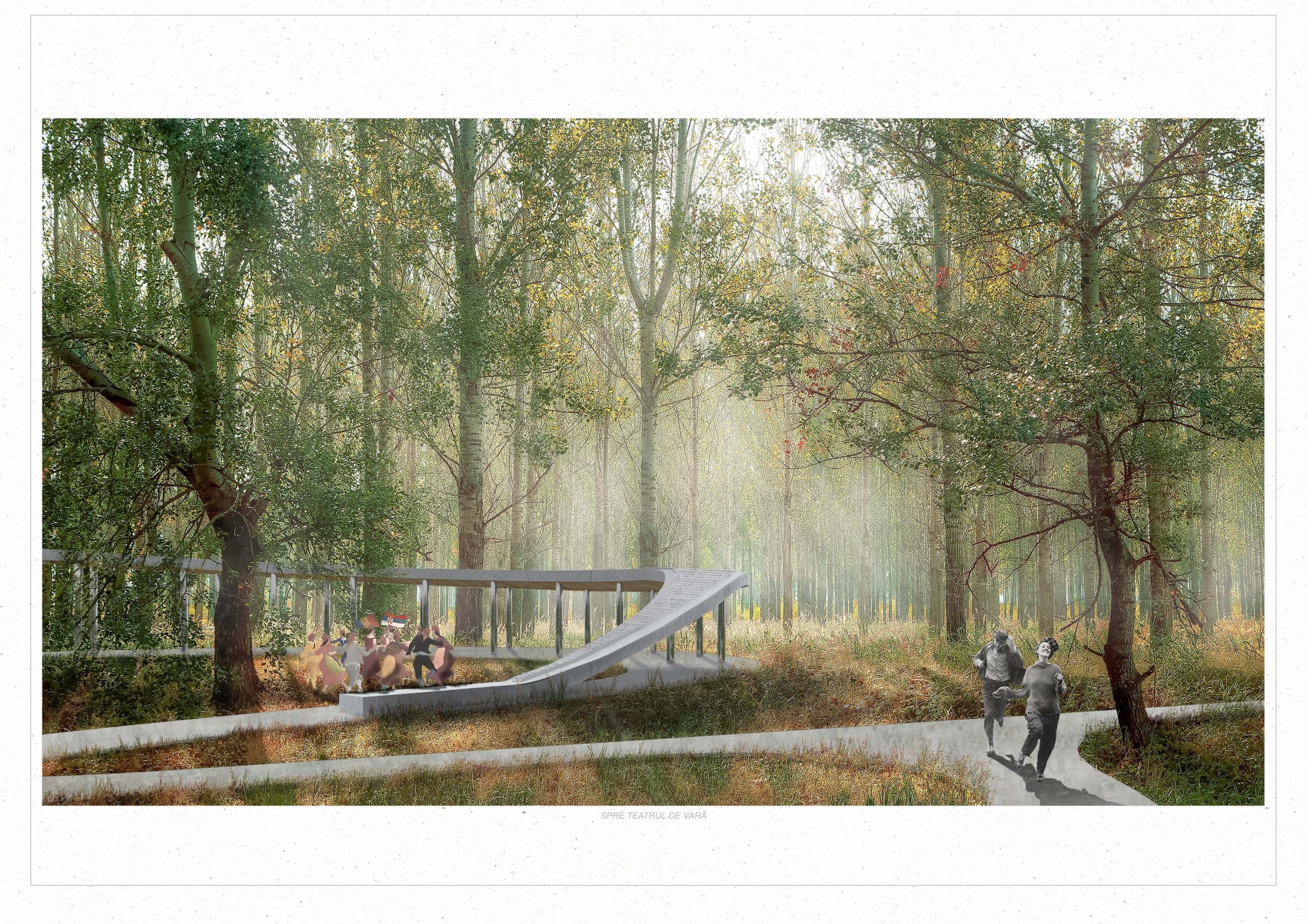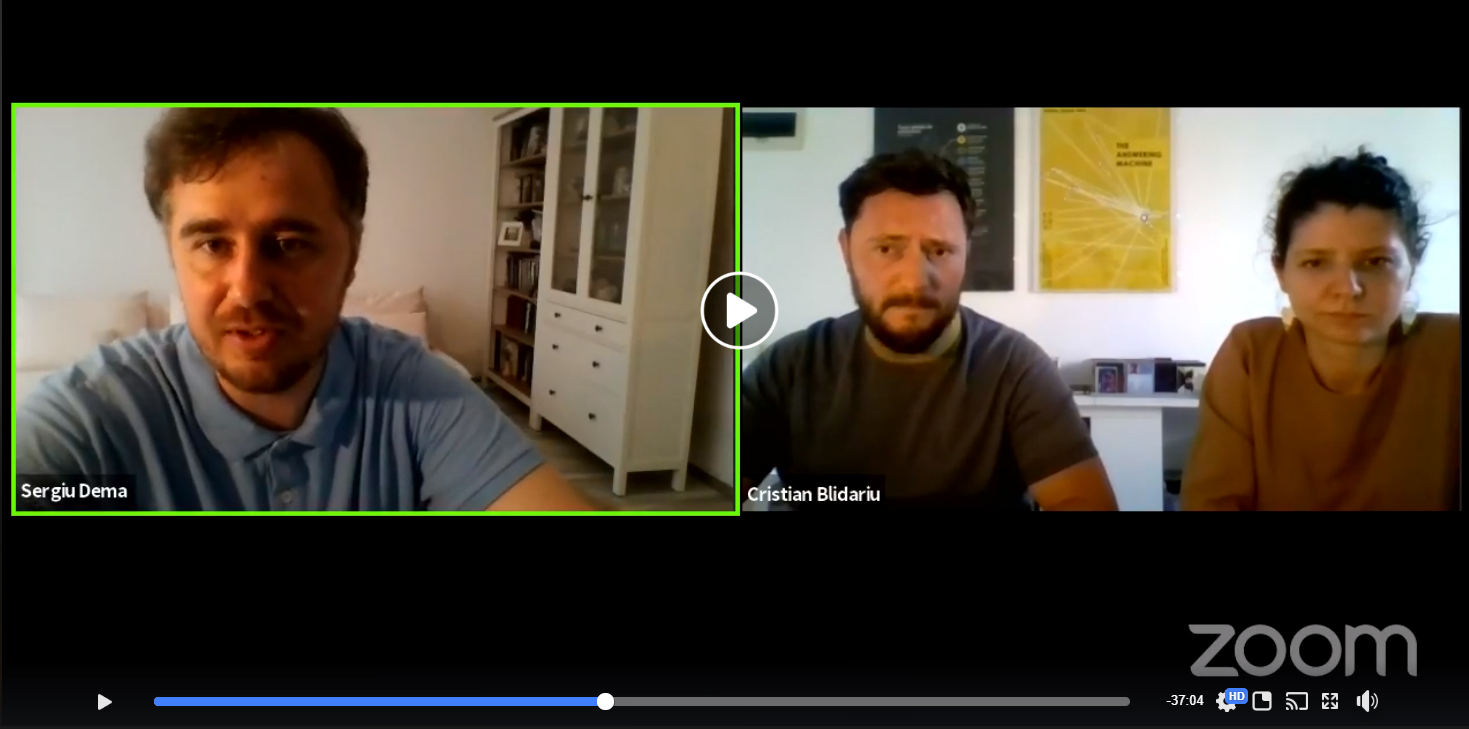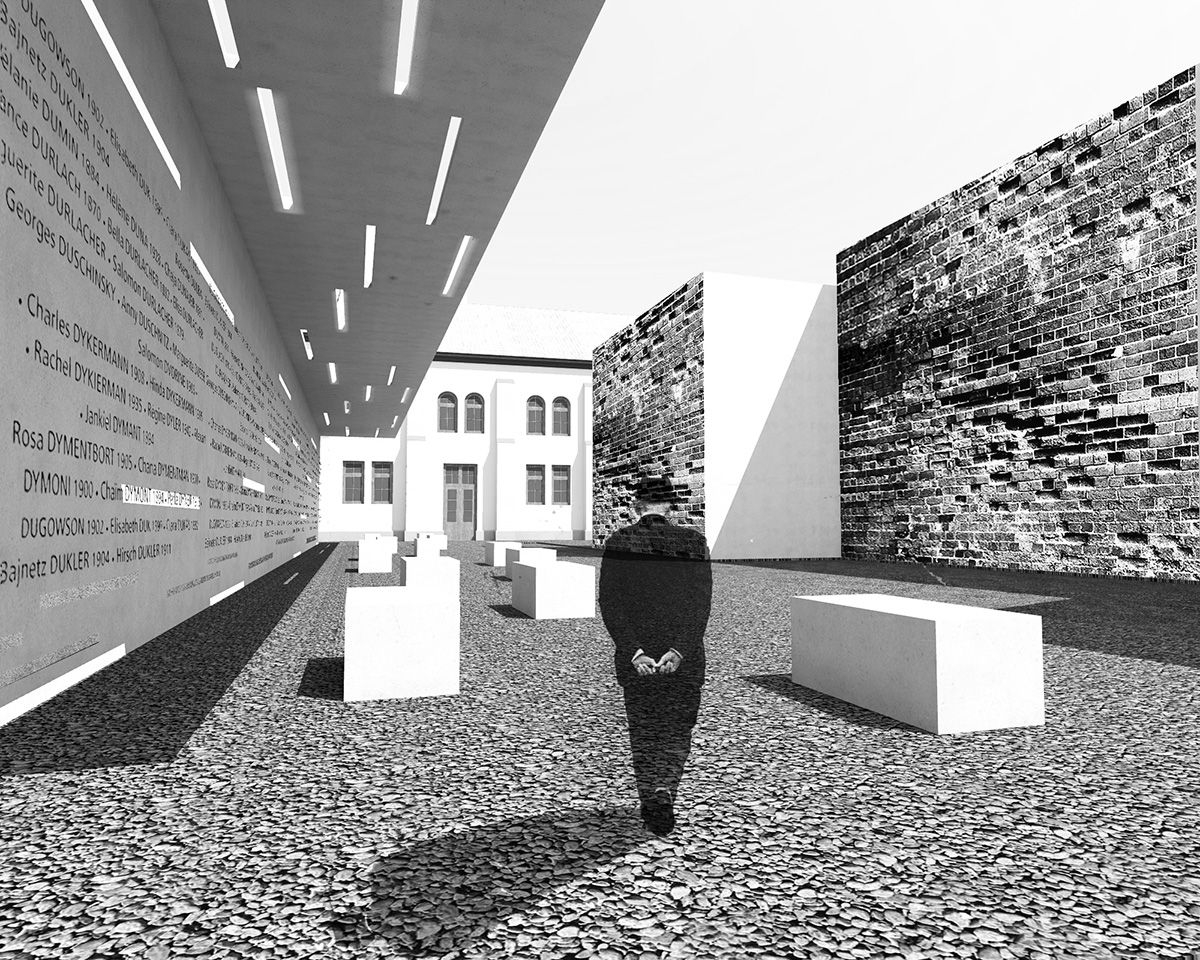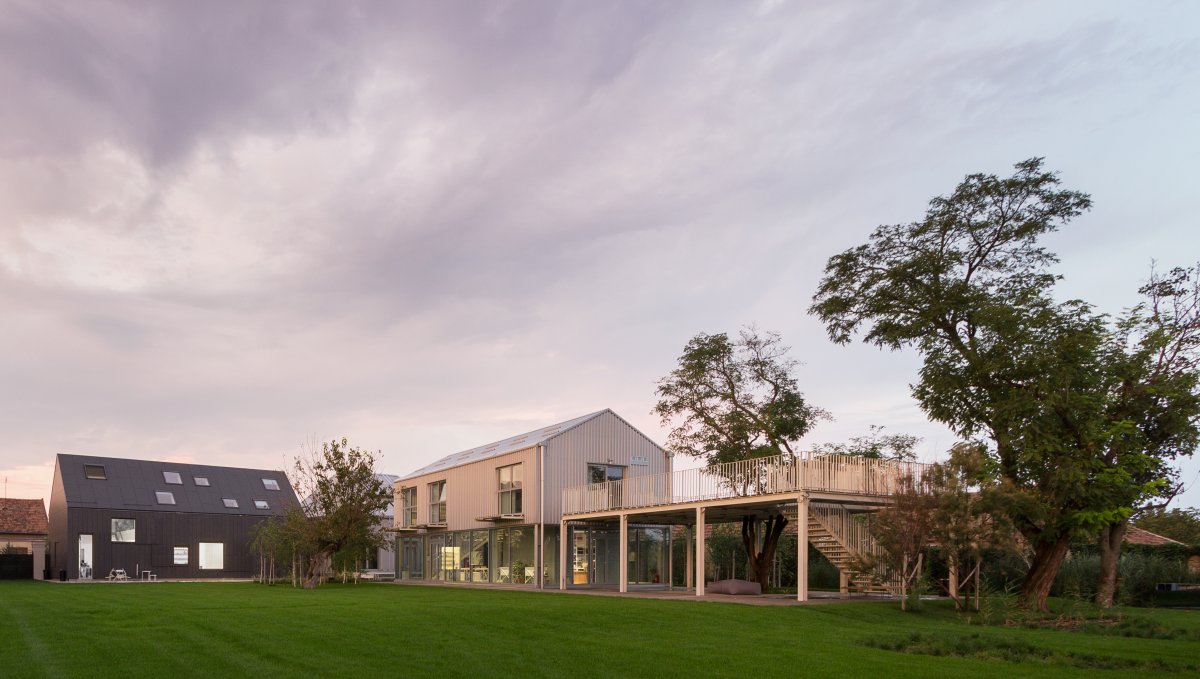Sustainable restoration of the built heritage in the natural landscape of river Timiș meadow
In anticipation of the Exploration Module that is currently being developed for the Jimbolia summer school, FAUT’s research team, has tackled the problematic nature of the Rudna-Gad ecosistem spanning the border area between Romania and Serbia, through three diploma projects that seek to sensibly address the issues of nature, landscape and built heritage. The diplomas projects were developed in conjunction
Towards digital thinking in architecture
Digital Design Center at the Faculty of Technical Sciences, University of Novi Sad, is one of only a few research centers in the Balkan region dedicated to the implementation, evaluation and education of digital technologies in architecture. With achievements spanning from being recognized by the Association for Robots in Architecture as the only research center in the region practicing robotic
ARCHITECTURE in the EURO-REGION – Interview
Triplex Confinium project managers, architects Cristian Blidariu and Oana Simionescu were invited by Jimbolia's Cultural House manager Sergiu Petru Dema for an on-line talk about the academic partnership, the architecture of the euro-region and what this transnational collaborations hopes to achieve on the long term for the architecture schools involved as well as for the local community.
Small scale interventions in Debrecen
The Department of Architecture of the University of Debrecen is the only institution on the east side of the Danube where architecture is taught in Hungary. Due to this geographical attribution the department is focusing on local issues, maintaining a strong relationship between the city of Debrecen and the broader region.
PACE
PACE’s mission is to build the best available collection of communal architecture from the East-Central European region to represent and promote high-quality public buildings and realised communal architecture projects and to advance knowledge about our built environment.
A Nomad Architecture School, in the countryside.
As both masses and leaders become more and more liberated from perceiving the interdependence between our medium and the quality of our lives, the role of the architect is ever more translucent. As it becomes more limited to designing buildings, it also becomes more unclear - since the historical ambitions of this profession still boil in the ”fuzzy amalgamation of










